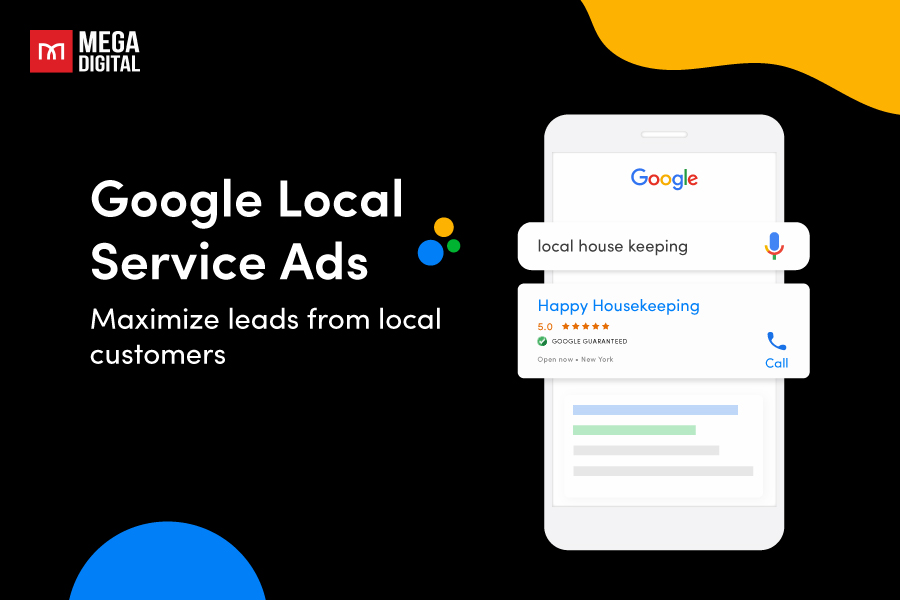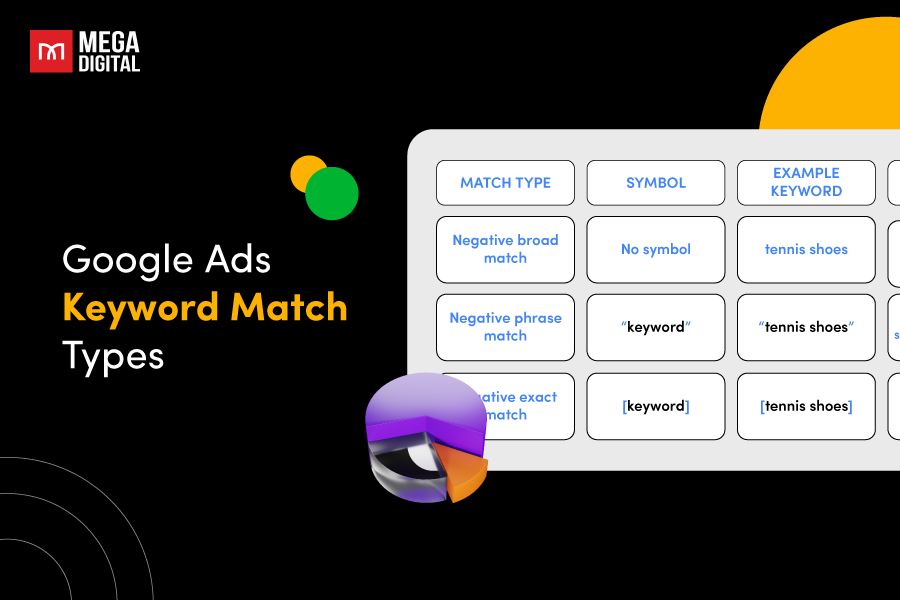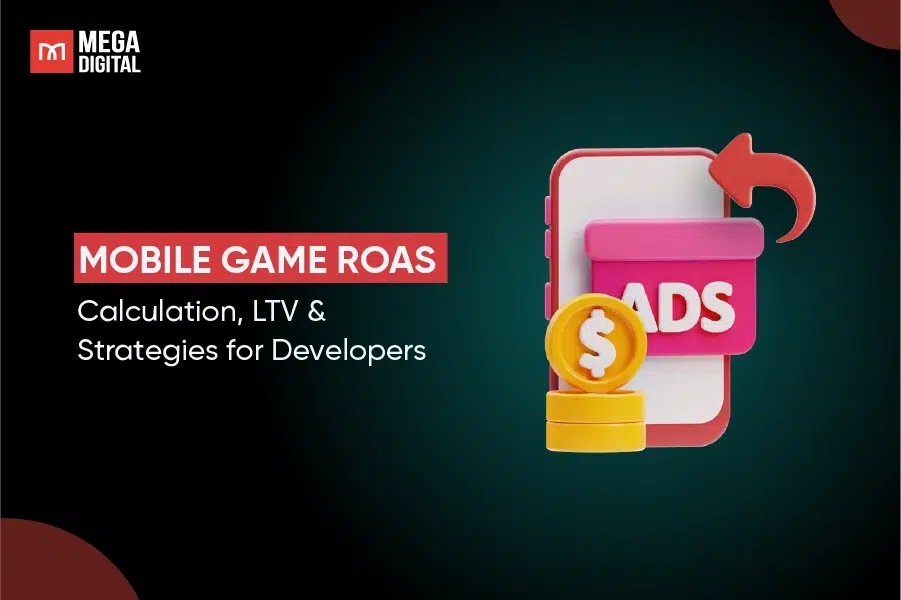Facebook is a go-to platform for many dropshippers looking to promote their products. If you’re eager to advertise your dropshipping products on this powerful channel but aren’t sure how to begin, you can learn practical strategies tips and best practices to help you craft effective Facebook ads for dropshipping in this blog post.
Why Should You Use Facebook Ads for Dropshipping?
Facebook Ads are a powerful tool for dropshipping businesses. Here are three key reasons why you should use Facebook Ads for dropshipping:
Massive User Base
Facebook boasts over 2.9 billion daily active users globally, giving dropshippers access to a vast pool of potential customers. In comparison, TikTok has around 1 billion users, and while Google Ads reach billions of search users, it doesn’t offer the same level of social engagement and detailed targeting that Facebook provides for personalized ads. Whether your target audience is local or international, Facebook allows you to connect with the right people efficiently and at scale.
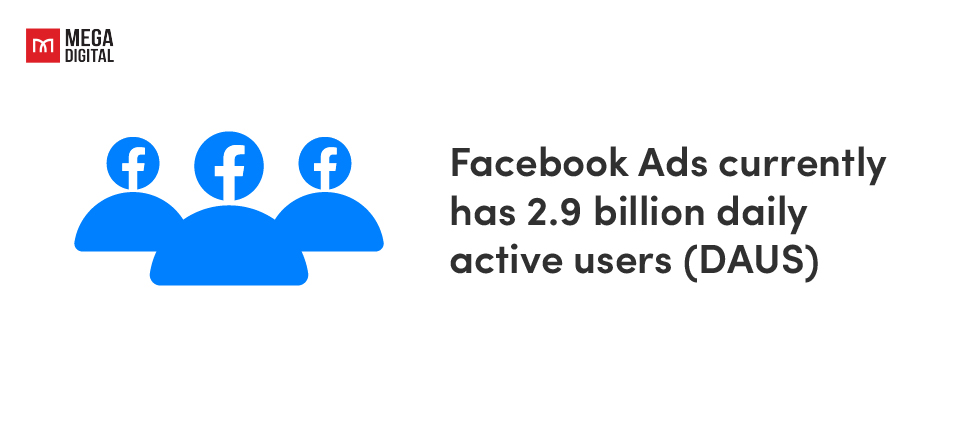
Pinpoint Targeting
Facebook’s advanced targeting features enable you to focus your ads on specific demographics, interests, behaviors, and even custom audiences. While Google Ads focuses primarily on search intent and TikTok relies heavily on algorithm-driven engagement, Facebook allows dropshippers to create highly customized audiences using detailed targeting parameters. This means your dropshipping products can reach highly relevant prospects, improving the chances of conversions.
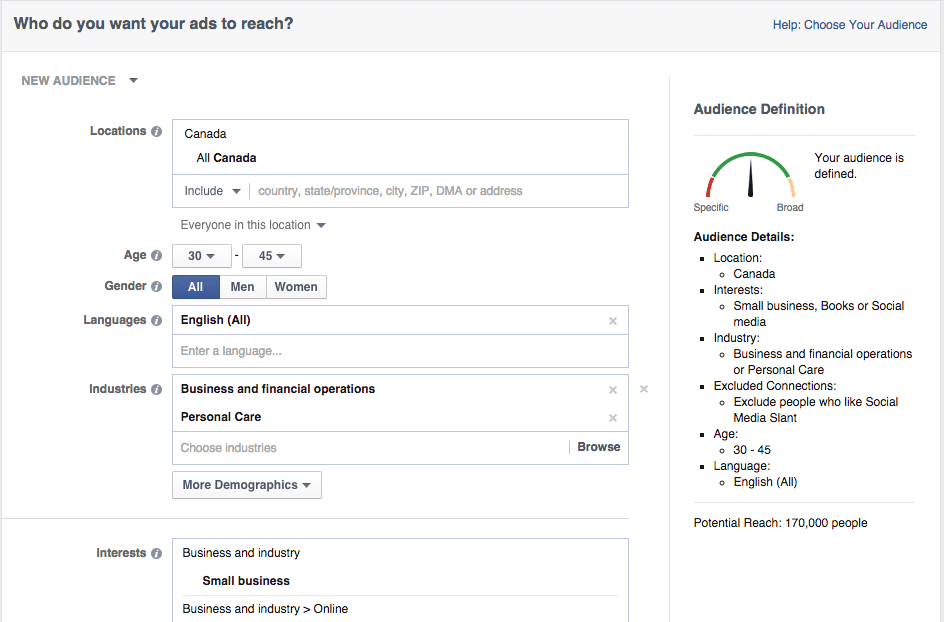
Cost-Effective
Facebook ads allow businesses to reach a large and targeted audience without needing a huge advertising budget. For dropshipping, this is especially beneficial because you can start with a small daily budget, test different ad strategies, and only scale up when you see results.
Moreover, Facebook Ads are generally more affordable compared to platforms like TikTok or Google. Facebook’s CPC averages between $0.50 to $2.00, while TikTok’s CPC can range from $1 to $3, and Google Ads often cost around $1 to $4 per click. This makes Facebook Ads a budget-friendly choice for dropshippers looking to optimize their ad spend.

How Much are Facebook Ads for Dropshipping?
The cost of running Facebook ads for dropshipping varies widely based on several factors, including your target audience, product niche, bidding strategy, and ad quality. Dropshippers typically start with a daily budget of $5 to $20 per ad set, which can scale up as they see profitable returns.
However, understanding the key cost components can help you better plan your ad spend.
Cost Per Click (CPC)
The average CPC for Facebook ads ranges between $0.50 to $2.00, depending on the competitiveness of your niche. For dropshipping, CPC can be on the lower end for general products but higher for more competitive categories.
Cost Per Conversion (CPA)
The cost to acquire a customer through Facebook ads can vary greatly, typically ranging from $10 to $30, depending on your product and targeting. Dropshippers selling high-ticket items may experience a higher CPA, but a single sale can yield a large profit.
Cost Per Result (CPR)
For dropshipping businesses, the average Cost Per Result typically ranges between $10 to $30, depending on the complexity of the product and audience. For lower-ticket items, you might expect a CPR closer to the $10 range, while more competitive or high-ticket products can push the CPR closer to $30 or beyond.
>>> Read more: Facebook Ads Benchmarks for 19 Industries: What Experts Say?
Strategies for an Effective Facebook Ad for Dropshipping
Here are some practical tips that can help you maximize your ad performance and increase sales:
Target Audiences in Your Niche
Targeting specific audiences within your niche is one of the most effective strategies for Facebook ads in dropshipping. By focusing on users who are genuinely interested in your product category, you can significantly improve engagement and conversion rates. Facebook allows you to target based on interests, behaviors, and demographics, enabling you to zero in on potential customers who are more likely to purchase your products.
This niche-focused approach not only reduces wasted ad spend but also increases the likelihood of turning clicks into conversions, ultimately boosting your return on investment (ROI).
Use 2 Placements Only
When it comes to ad placements, focusing on Facebook Feed and Instagram Feed is a proven strategy for higher engagement. These two feeds are where users spend the most time, making them ideal for dropshippers to capture attention and drive traffic. By limiting your placements to these two, you can ensure your budget is concentrated on the platforms with the highest engagement rates, avoiding wasting your ad spend on less effective placements.

Utilize Facebook Pixel
Facebook Pixel tracks user behavior on your website, such as clicks, purchases, or visits. Choosing the right Facebook Pixel for your dropshipping store is crucial to the success of your ad campaigns. Facebook Pixel can help your dropshipping store learn and optimize ad distribution for that specific audience and product.
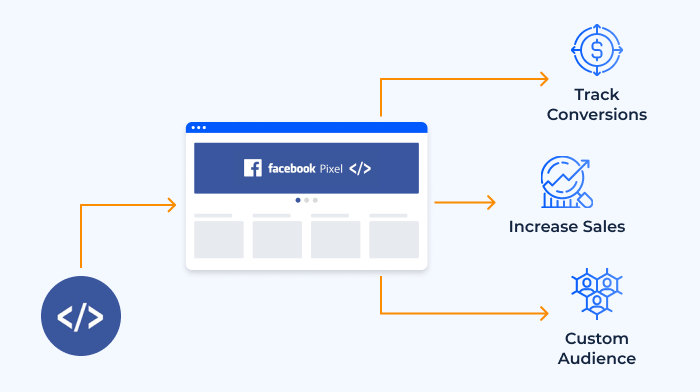
How to use Facebook Pixel effectively:
- Use Separate Pixels for Each Page: If you manage multiple product pages, assign a unique pixel to each. This ensures the pixel can gather specific data and help optimize ads for that particular audience.
- Track Key Events: Set up Facebook Pixel to track essential events like “Add to Cart,” “Purchase,” and “View Content” on your website. By doing this, you can gather detailed insights into customer behavior to optimize campaign performance.
Use Dynamic Ads for Retargeting
Dynamic Ads are such a perfect ad type for dropshipping. It uses personalized content, which boosts conversion rates by targeting users who have already shown interest in your products. Their automatic customization saves time while providing a tailored shopping experience, helping dropshippers effectively reach the right audience at the right moment.
Use Campaign Budget Optimization (CBO)
Choosing between ABO and CBO is critical for dropshipping because it determines how your budget is distributed across ad sets, impacting overall ad performance. With ABO, you manually control the budget for each ad set, while CBO lets Facebook automatically optimize budget allocation based on ad performance.
- When to Use ABO: ABO is useful for situations where you know which ad sets are likely to perform well and want to ensure they receive a specific portion of the budget.
- When to Use CBO: CBO is ideal when scaling your ads or when you’re unsure which audience or ad set will perform best.
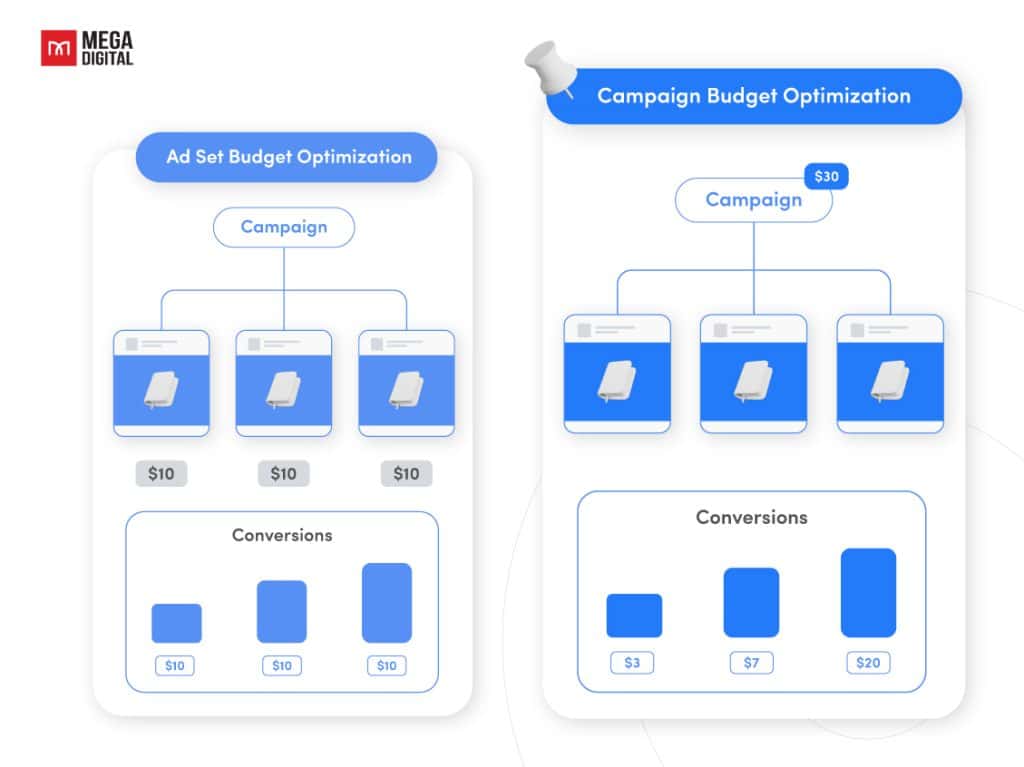
You should start by deciding the total budget for the entire campaign. Facebook will automatically allocate funds to the highest-converting ad sets. Allow Facebook to analyze and optimize which ad sets perform best, ensuring that the budget goes where it’s most effective.
A/B Test Your Ad Assets
A/B testing is crucial for optimizing your ads. By creating multiple variations of your visuals, copy, and targeting options, you can test which combination works best. You might want to test different images, headlines, or CTAs to see which one drives the most engagement and conversions.
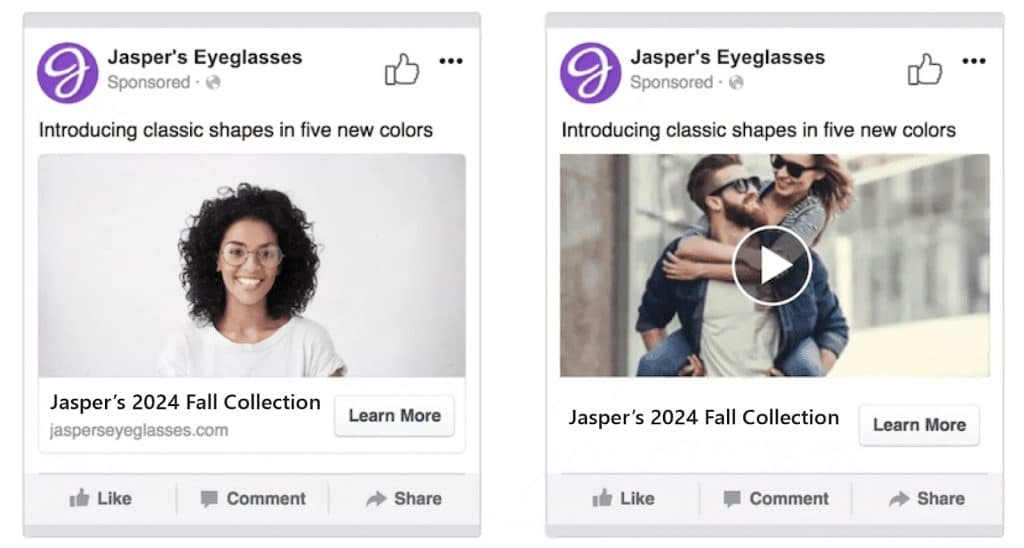
For this example, the brand’s goal is to increase conversions and its variable is ad copy.
How to Scale Your Facebook Ads for Dropshipping?
If you have successful ad campaigns and want to scale your dropshipping business using Facebook Ads, it’s essential to apply the right strategies. Below are some effective ways to scale your Facebook Ads and maximize your results without losing performance.
Increase Your Budget Gradually
Don’t rush to increase your budget. A sudden jump can disrupt Facebook’s algorithm and throw your ad set back into the learning phase. While this strategy requires time to gradually increase the budget, it helps extend the ad set’s lifespan and minimizes performance drops.
This approach is quite easy to do manually. Simply go into Ads Manager and adjust the budget for your ad sets. Or you use Facebook automated rules to create a rule that increases the budget automatically when an ad set meets certain conditions, like this:

Test New Lookalike Audiences
Just because your ad campaigns are successful with one audience doesn’t guarantee they’ll work for all audiences. When scaling your Facebook ads, avoid the mistake of targeting too broad an audience. It’s essential to focus on the right group to maintain a consistent ROI.
You can utilize Facebook lookalike audiences to find similar people from a given a seed audience. This lookalike audience is based on your purchasers, using only the top 1% of similar users. Facebook allows you to create lookalike audiences ranging from 1% to 10%. A 1% lookalike audience is made up of users who are most like your existing customers, while a 10% audience is larger but less specific.

Duplicate Winning Ad Sets
Instead of tweaking a well-performing ad set, which can reset the learning phase, simply duplicate it and increase the budget by 1.5x or double. Let the new ad set run for at least 3 days for proper optimization. If it performs well, continue the process. If not, return to the original ad set.

>>> Read more: 9 Practical Strategies for Scaling Facebook Ads to Grow Revenue
3 Excellent Examples of Facebook Ads for Dropshipping
Seeing real-life examples of successful Facebook ads can help you understand what works best in the world of dropshipping. Here are 3 outstanding ads that showcase effective strategies and tactics for driving results.
Xanelo

This Facebook ad example comes from a dropshipping store called Xanelo. The ad promotes a tool that claims to fix car dents. Here’s a breakdown of why this ad was so effective:
- “Tell a friend” CTA: Adding a phrase like this encourages users to share the ad, increasing engagement and visibility.
- Emoji at the start: Starting the ad text with an emoji is a smart move to catch the attention of users quickly as they scroll through their feed.
Inspire Uplift
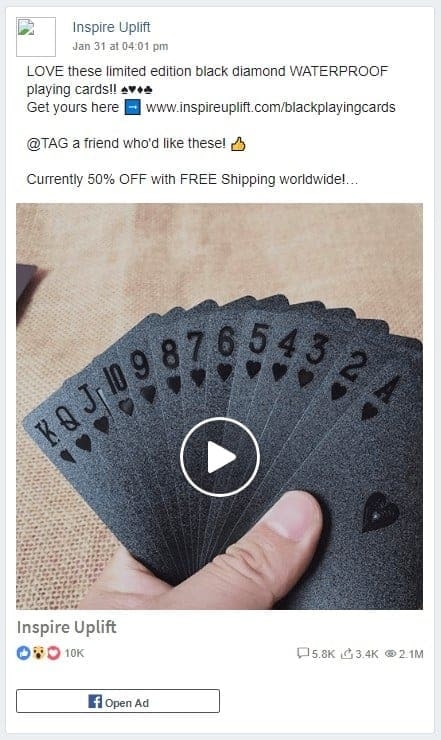
You’ve likely heard of Inspire Uplift, as it’s one of the most popular dropshipping stores, but if not, click here to learn more about them. Here’s why this approach worked:
- Tag a friend CTA: Encouraging users to tag a friend boosts engagement and helps the ad reach a wider audience.
- Words in caps: Using a few words in all caps grabs attention quickly. Did it catch your eye too?
Shopping Network
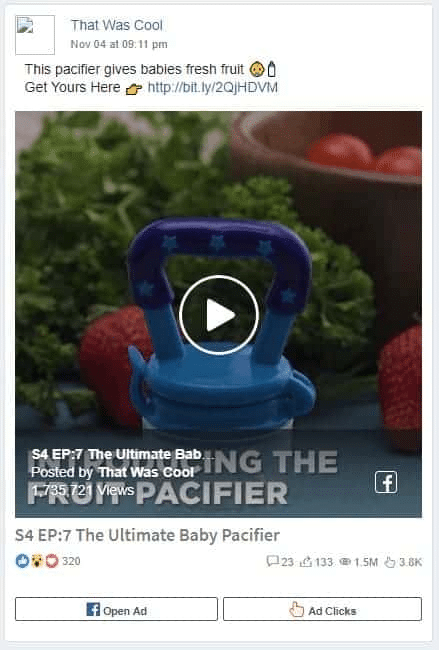
This last Facebook ad example comes from a dropshipping store called Shopping Network. Why is this ad effective? Let’s take a look at 2 reasons why:
- Clear video: The video quality is so good that it almost makes you want to buy the product, even if you don’t need it yet!
- Facebook Watch: The ad is posted as an episode on Facebook Watch, and the high view count shows how effective this strategy can be for boosting engagement and visibility.
Wrap-up
In conclusion, Facebook ads offer a powerful way to grow your dropshipping business if used strategically. By following the right steps and scaling your campaigns effectively, you can reach a larger audience and boost sales. I hope that through this blog post, you’ve gained valuable insights to help you create successful Facebook ads for your dropshipping store.







